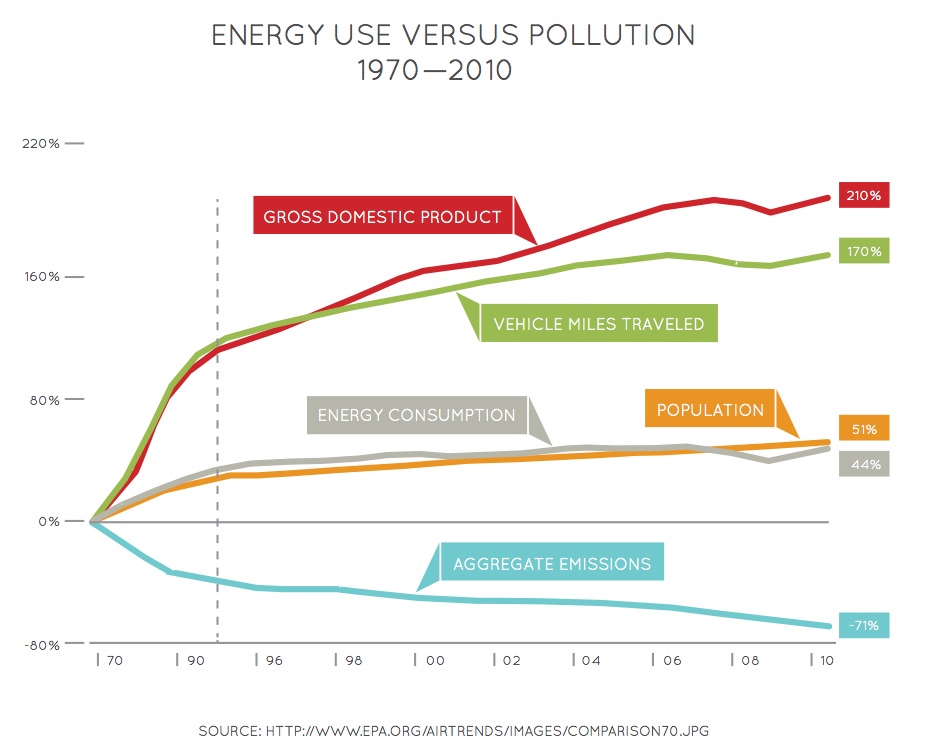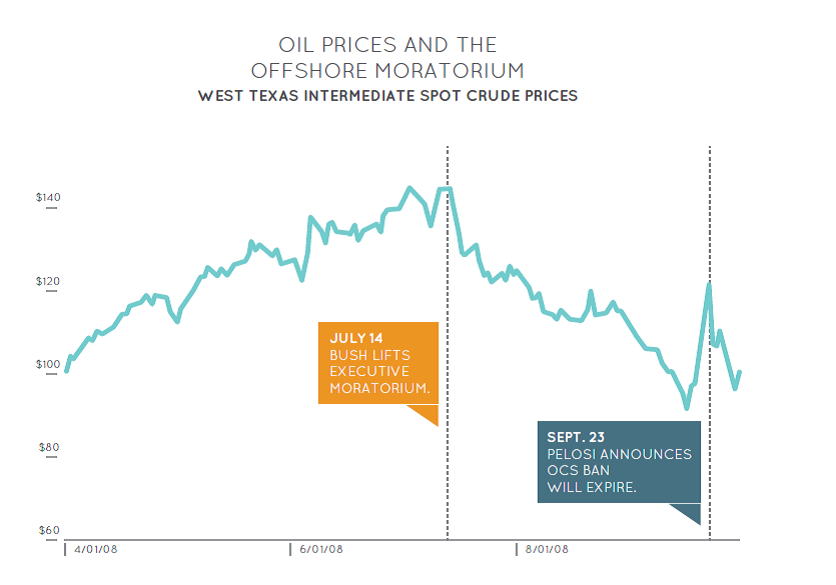Guy Milliere has an interesting article on the French elections last Sunday and on the decline of a once proud nation (the article was written before the elections, but what he wrote remains valid today–RTWT).
Milliere decries the failure of France and sees its present strait as no better than the precipice, beginning with:
…among the 10 candidates in the first round [of the French presidential elections last month], three were Trotskyites advocating a Leninist revolution; a disciple of Lyndon La Rouche; a former Norwegian judge who appears to think she is an environmental Robespierre (Eva Joly); a populist from the extreme right (Marine Le Pen); a moderate who would find his place in the left wing of the American Democratic Party (François Bayrou); a Gaullist speaking as if it were still 1965 (Nicolas Dupont Aignan); a very « socialist » Socialist (François Hollande); and the outgoing President Nicolas Sarkozy, a Bonapartist who, in the UK, would be to the left of the Labour Party.
At least with a two-party system (and occasional third-party spoiler) like ours (or even a three-party system with occasional spoiler flashes in the pan, as in Great Britain), the fringe groups don’t have much post-election effect, beyond the spoiling aspect of turning an election from one main party to the other.
But Milliere continued:
…no candidate defended free-market principles;…all of the candidates harshly attacked the financial world, multinational corporations, and globalization;…of the two finalists, one[‘s]… program appears to have been written before the development of the Internet.
Now we get to the parallels. President Obama’s hostility toward free market principles, and toward business generally and banks explicitly, are both manifest (his claims to the contrary even as he follows them with screeds against the fat cats notwithstanding) and rooted in (and unchanged from) the late ’60s and early ’70s radical “community organizing” of his mentors.
Milliere went on:
France’s problems date from long before the presidency of Nicolas Sarkozy. [It is a] country where no budget has been balanced since 1974, and where public expenditures have risen continuously in recent decades to represent a crippling 56% of its gross domestic product…. It is a country whose public debt is growing far faster than the public debt of its main economic partners in Europe, and will hit 87% of GDP this year (actually 146%, if what France owes to the European Union is included). It is a country where reports on the inevitable failure of pension systems were presented to successive governments for over 25 years without a decision being proposed or taken. It is a country where the…number of people living in poverty is between eight and ten million out of a population of 65 million. It is also a country where…two-thirds of all higher education diplomas are worthless on the labor market. Graduates with Master’s degree become fast-food servers or cashiers in a supermarket—if a position is available.
So it is in the US. Our current economic disaster has been years, and administrations, in the making: very few actually balanced (as opposed to accounting gimmick balancing) budgets and national debt exploding over the last three years. We’ve been ignoring the impending failure of our entitlement programs for decades, even though the originally forecast date range of their bankruptcy has moved very little in all that time. Nearly 45 million Americans are currently receiving food stamps, which is roughly the same 14% of our population as is Milliere’s Frenchmen living in poverty; although, according to the CBO report at the link, that number is 70% higher than it was in 2007, immediately before the housing bubble burst. And we insist on loaning taxpayer monies to students who wish to degree in gender studies, women’s contemporary literary issues, or basket weaving instead of in the productive STEM skills that a burgeoning and technologically evolving economy needs for national survival.
It’s necessary to change course. And that course change must be in the direction of smaller, limited government that leaves more of our money, and our responsibility, in our hands.
Or we’ll end up like France.


